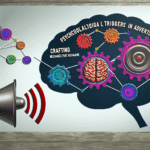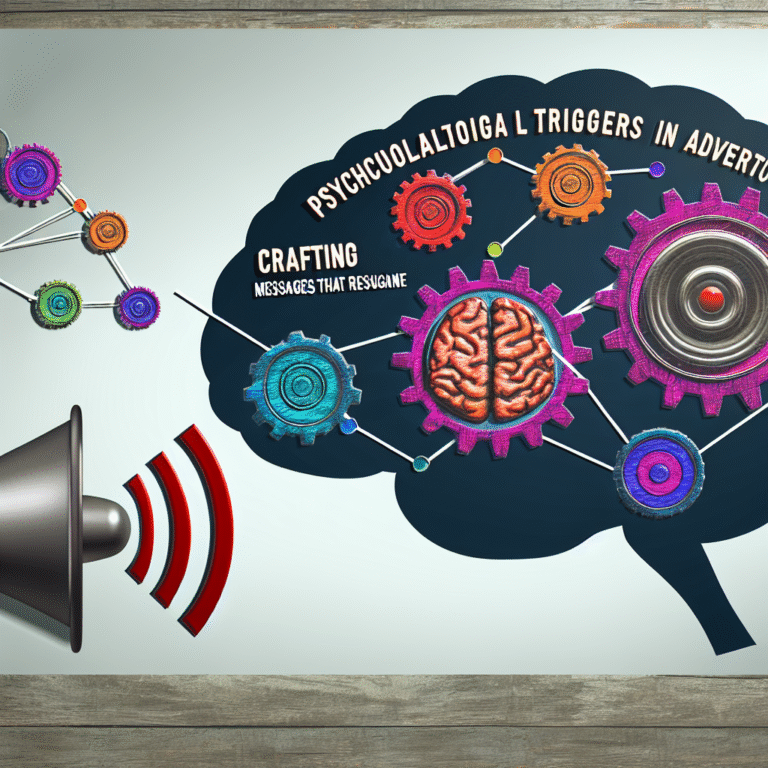
Introduction
In a world where engagement—whether in the workplace, the classroom, or our personal lives—has become a benchmark for success, a question looms large: Can extrinsic motivation inspire genuine engagement? This intriguing inquiry draws attention to the nuanced relationship between the rewards we often associate with motivation and how they can influence authentic connection and dedication to tasks.
As human beings, we thrive on recognition and validation. From the accolades in a professional setting to grades in academic environments, extrinsic motivators like monetary rewards, praise, and trophies are everywhere. However, at what point do these incentives cross the fine line between fostering genuine engagement and merely cultivating a transactional mindset?
This article seeks to delve into this question by examining various perspectives, illustrating real-world applications through case studies, and offering practical insights geared toward leveraging extrinsic motivation effectively. Strap in, because the journey toward understanding engagement and motivation is about to unfold!
Understanding Extrinsic Motivation
Extrinsic motivation refers to engaging in an activity so as to attain an outcome that is separate from the activity itself. Common examples include financial bonuses, praise from authority figures, or tangible rewards for completing tasks. It’s worth noting that extrinsic motivation fuels a significant portion of human behavior, creating scenarios where action is driven by external pressures rather than internal fires of passion and interest.
The Dichotomy: Intrinsic vs. Extrinsic Motivation
Before venturing further into whether extrinsic motivation can inspire genuine engagement, it’s essential to differentiate between intrinsic and extrinsic motivations:
- Intrinsic Motivation: This arises from within an individual. Activities are performed for personal satisfaction, interest, or fulfillment. Think of a student who studies a subject out of sheer curiosity.
- Extrinsic Motivation: Driven by external rewards, this type of motivation includes anything from grades, money, or even accolades.
Understanding this dichotomy is crucial for answering our main question: Can extrinsic motivation inspire genuine engagement?
The Psychology Behind Motivation
To dive deeper into our inquiry, let’s cover some psychological theories that explain motivation:
Self-Determination Theory (SDT): Proposed by Deci and Ryan, SDT posits that individuals perform best when their needs for autonomy, competence, and relatedness are satisfied. What does this mean for our focus? While extrinsic factors can initially draw individuals in, they may undermine intrinsic motivation if they become the primary driving force.
- Maslow’s Hierarchy of Needs: According to Maslow, humans have a hierarchy of needs, climbing from basic physiological requirements to the need for self-actualization. Extrinsic motivators often only help meet lower-tier needs like recognition and rewards but may not fulfill higher-level aspirations.
Case Studies: Can Extrinsic Motivation Inspire Genuine Engagement?
1. Google’s Employee Recognition
Overview: Google has long been a model of employee engagement. With perks like free meals and flexible hours, they also emphasize recognition in meaningful ways, such as peer-to-peer awards.
Analysis: Google’s practice demonstrates that while extrinsic motivators like bonuses and awards can be effective, it’s the genuine appreciation from peers that fosters real engagement. The essence of their approach lies in creating a culture where external rewards are framed within the context of personal acknowledgment and value, bridging the gap toward genuine engagement.
| Positive Aspect | Extrinsic Factor | Level of Engagement |
|---|---|---|
| Peer Recognition | Employee Awards | High |
| Financial Bonus | Salaries | Moderate |
2. The Detrimental Effects of Overjustification: The Classic Case
Overview: A study known as the "overjustification effect" illustrated how extrinsic rewards could devalue intrinsic motivation. Participants engaged in a fun task but were rewarded externally for their enjoyment, leading to decreased interest in the task once the rewards were removed.
Analysis: This case serves as a pivotal example of what can happen when external rewards dominate the intrinsic enjoyment of an activity. It highlights the importance of finding a balance in how extrinsic motivators are used, suggesting that they can inspire engagement but may also risk undermining it if overemphasized.
3. Educational Systems: Gamification
Overview: Schools have increasingly turned to gamification to engage students. Platforms like Kahoot and Classcraft reward students with points and badges for participation and achievement.
Analysis: Utilizing extrinsic motivators through gamification aligns with immediate engagement but raises questions about sustainability. Are students genuinely committed to learning, or are they merely chasing the next badge or reward? The real challenge lies in ensuring that these external motivators inspire authentic interest in the subject matter.
Balancing Extrinsic Motivation with Genuine Engagement
The Need for Balance
Can extrinsic motivation inspire genuine engagement? The answer isn’t straightforward. While rewards can kickstart interest, they can also lead to a fleeting connection with activities if not paired with intrinsic motivators.
Know the Audience: Understanding what motivates individuals is vital. Tailoring programs that mix both types of motivation can drive deeper engagement than either could alone.
- Design Enriching Experiences: Incorporate elements that enhance intrinsic motivation, such as opportunities for personal growth and connection to meaningful goals.
Incorporating Feedback Loops
Feedback is a powerful tool that can bridge the gap between extrinsic rewards and intrinsic engagement. By providing regular, constructive feedback, organizations and educators can encourage individuals to take ownership of their tasks, fostering a sense of genuine engagement.
Conclusion
The question Can extrinsic motivation inspire genuine engagement? opens a gateway to understanding the delicate balance of human behavior. While extrinsic motivators can serve as effective levers to draw individuals into engagement, sustainable connection often flourishes when these rewards complement intrinsic passions.
As we navigate through different settings—be it professional, educational, or personal—the shared insight remains: understanding the interplay between extrinsic and intrinsic motivation can yield transformative results. In our quest for genuine engagement, don’t overlook the human element; foster environments where recognition propels personal interest.
Take Action
If you’re in a position to inspire engagement, reflect on your current strategies: How can you incorporate intrinsic elements into your extrinsic motivators? Start small, adjust your approach, and watch how engagement flourishes.
FAQs
1. What is extrinsic motivation?
Extrinsic motivation refers to doing something for an external reward rather than for personal satisfaction. Examples include bonuses, praise, or grades.
2. Can extrinsic motivation undermine genuine engagement?
Yes, if not managed correctly, extrinsic rewards can overshadow intrinsic enjoyment, leading to a lack of authentic interest in the task.
3. What is the overjustification effect?
The overjustification effect occurs when individuals lose intrinsic interest in an activity after receiving external rewards for it, demonstrating how extrinsic motivation can sometimes hinder engagement.
4. Can extrinsic motivation work in education?
Absolutely! When applied thoughtfully, extrinsic motivation can enhance learning experiences, though it’s essential to balance it with intrinsic motivation.
5. How can organizations use extrinsic motivation more effectively?
Employ feedback loops, recognize individuality, and ensure that extrinsic rewards align with intrinsic interests to inspire genuine engagement.
In conclusion, the journey to understanding motivation is ongoing, but acknowledging the complexities of extrinsic and intrinsic factors provides a roadmap to fostering true engagement. The question looms: Can extrinsic motivation inspire genuine engagement? The answer may hinge on how well we can integrate both realms, creating an environment that values both external validation and intrinsic fulfillment.

















